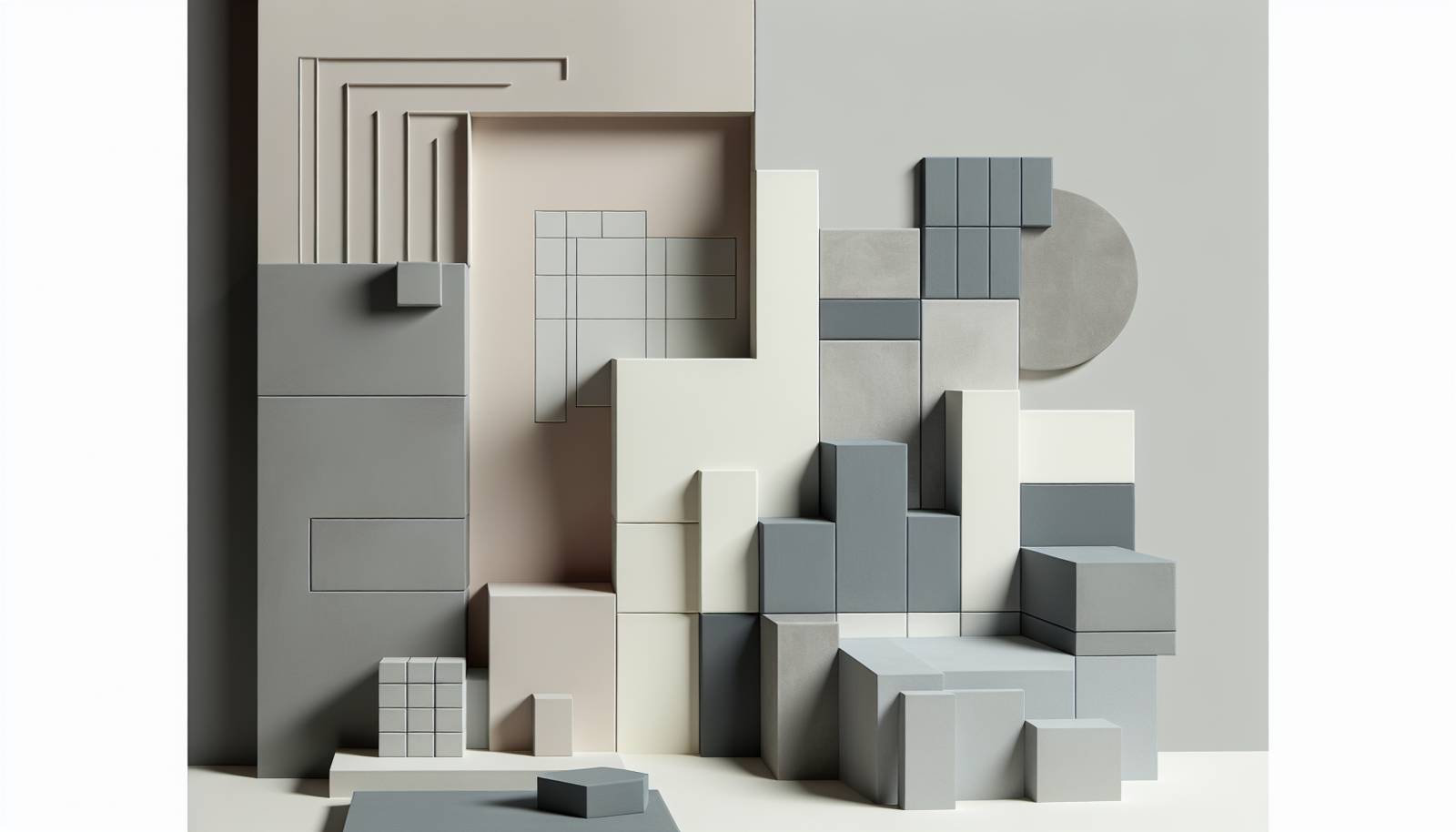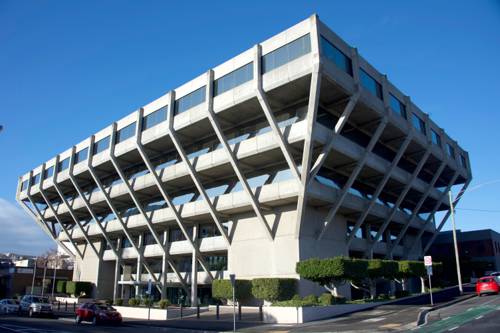
FAQ About The Influence of Brutalism in Modern Architectural Practices

What is Brutalism in architecture?
Brutalism is a style of architecture that emerged in the mid-20th century, characterized by its stark, geometric forms and the use of raw concrete as a primary material. The term "Brutalism" is derived from the French word "béton brut," which means "raw concrete." It emphasizes functionality and often features bold, block-like structures.

How did Brutalism originate?
Brutalism began after World War II, primarily in the United Kingdom, as architects sought to address the urgent need for new infrastructure and housing. Influenced by Modernism, it was popularized by architects such as Le Corbusier and Alison and Peter Smithson. They promoted the use of exposed concrete and functional design principles.

What are the key characteristics of Brutalist architecture?
Key characteristics of Brutalist architecture include the use of rough, unfinished concrete, strong geometric shapes, heavy, block-like forms, and a focus on functionality and utility. It often features repetitive modular elements and a minimalist aesthetic, avoiding unnecessary decorative details.

Why is Brutalism controversial?
Brutalism is controversial due to its stark, utilitarian appearance, which some people perceive as cold and uninviting. Critics argue that the imposing nature of Brutalist buildings can appear oppressive or monotonous. However, supporters appreciate its honesty, boldness, and architectural integrity.

How has Brutalism influenced modern architecture?
Brutalism has significantly influenced modern architecture by promoting the use of exposed materials and honest design. Its principles encourage functionality over decoration, influencing contemporary styles that value minimalism and structure visibility. Many modern architects incorporate Brutalist elements to create impactful and robust designs.

What are some famous examples of Brutalist architecture?
Some famous examples of Brutalist architecture include the Barbican Estate in London, the Boston City Hall in the United States, and the Unité d'Habitation in Marseille by Le Corbusier. These structures exemplify the bold, concrete aesthetic and functional focus typical of Brutalism.

Is Brutalism making a comeback in contemporary architecture?
Brutalism is indeed experiencing a resurgence in contemporary architecture, often referred to as "Neo-Brutalism." Modern architects are reviving its principles, emphasizing raw materials, and embracing bold structural designs. This revival reflects a renewed appreciation for the style's honesty and its ability to convey strength and permanence.

What materials are commonly used in Brutalist architecture?
Brutalist architecture predominantly features raw concrete, sometimes combined with steel, brick, and glass. The emphasis on raw concrete, known for its durability and industrial aesthetic, is a defining characteristic of Brutalism. These materials are chosen for their functional qualities and unembellished appearance.

How does Brutalism focus on functionality?
Brutalism centers on the principle of "form follows function," ensuring that architectural elements are designed primarily for their practical use. This approach minimizes decorative aspects, focusing instead on creating functional, durable, and efficient spaces. Every element serves a specific purpose dictated by the building's intended use.

Who are some notable architects associated with Brutalism?
Notable architects associated with Brutalism include Le Corbusier, who greatly influenced the style's development, and Alison and Peter Smithson, who were pivotal in its popularization. Other notable figures include Louis Kahn, Marcel Breuer, and Moshe Safdie, each contributing to the Brutalist movement through iconic designs.

How is Brutalism perceived by the public?
Public perception of Brutalism is mixed. While some people admire its bold and honest aesthetic, others criticize it as being harsh and unwelcoming. This divergence arises from its emphasis on form and materiality over conventional beauty, leading to debates about architectural taste and value.

What is the environmental impact of Brutalist architecture?
The environmental impact of Brutalist architecture is significant due to its extensive use of concrete, which has a high carbon footprint. However, Brutalism also promotes durability and longevity, potentially reducing the need for frequent rebuilding. Architects today are exploring more sustainable materials to achieve similar effects while reducing environmental harm.

How does Brutalism influence urban landscapes?
Brutalism influences urban landscapes through its monumentality and distinctive aesthetics. These buildings often become iconic urban landmarks due to their bold presence and commanding forms, which can help define the character of a city. However, their starkness can also clash with other architectural styles, affecting urban cohesion.

Can Brutalist buildings be renovated or restored?
Brutalist buildings can indeed be renovated or restored, although this process can be challenging due to the unique materials and techniques used. Restoration often involves careful preservation of raw concrete elements and modernizing interiors to meet contemporary standards while respecting the original design's integrity.

What challenges do architects face when designing Brutalist buildings today?
Architects designing Brutalist-inspired buildings today face challenges such as balancing the style's characteristic austerity with modern needs for comfort and environmental responsibility. They must consider how to adapt Brutalism to contemporary contexts, integrating advanced materials and sustainable practices without losing the essence of Brutalist design.

Why do some architects and designers appreciate Brutalism?
Some architects and designers appreciate Brutalism for its honesty, functionality, and unapologetic embrace of core materials. It represents a radical departure from overly ornate styles, allowing the structure and material to take center stage. This focus on essentials provides a refreshing aesthetic clarity and embodies a strong architectural statement.

How has the perception of Brutalism changed over time?
The perception of Brutalism has evolved from widespread criticism to a renewed appreciation, especially among architects and young designers. Initially seen as harsh, many now value its boldness and structural clarity. The resurgence of interest links to broader movements valuing minimalism and authenticity in design.

What are the limitations of Brutalist architecture?
Limitations of Brutalist architecture include its reliance on concrete, which can be environmentally taxing, and its aesthetic, which may not appeal to all due to its starkness and severity. Additionally, such buildings can be difficult to adapt to evolving uses or modern aesthetic preferences without losing their defining characteristics.

How does Brutalism address urban housing needs?
Brutalism addressed post-war urban housing needs by providing functional, durable, and cost-effective solutions. Its designs often emphasize communal spaces and practical layouts that cater to high density living, using materials and forms that were affordable and quick to construct, thus meeting urgent housing demands.

Is Brutalism considered sustainable today?
Brutalism's sustainability today is debated. While the style's durability and emphasis on minimalism can support sustainability, the environmental cost of concrete is a concern. Sustainable practices now explore using alternative materials and techniques inspired by Brutalism to maintain its aesthetic while reducing its carbon footprint.
